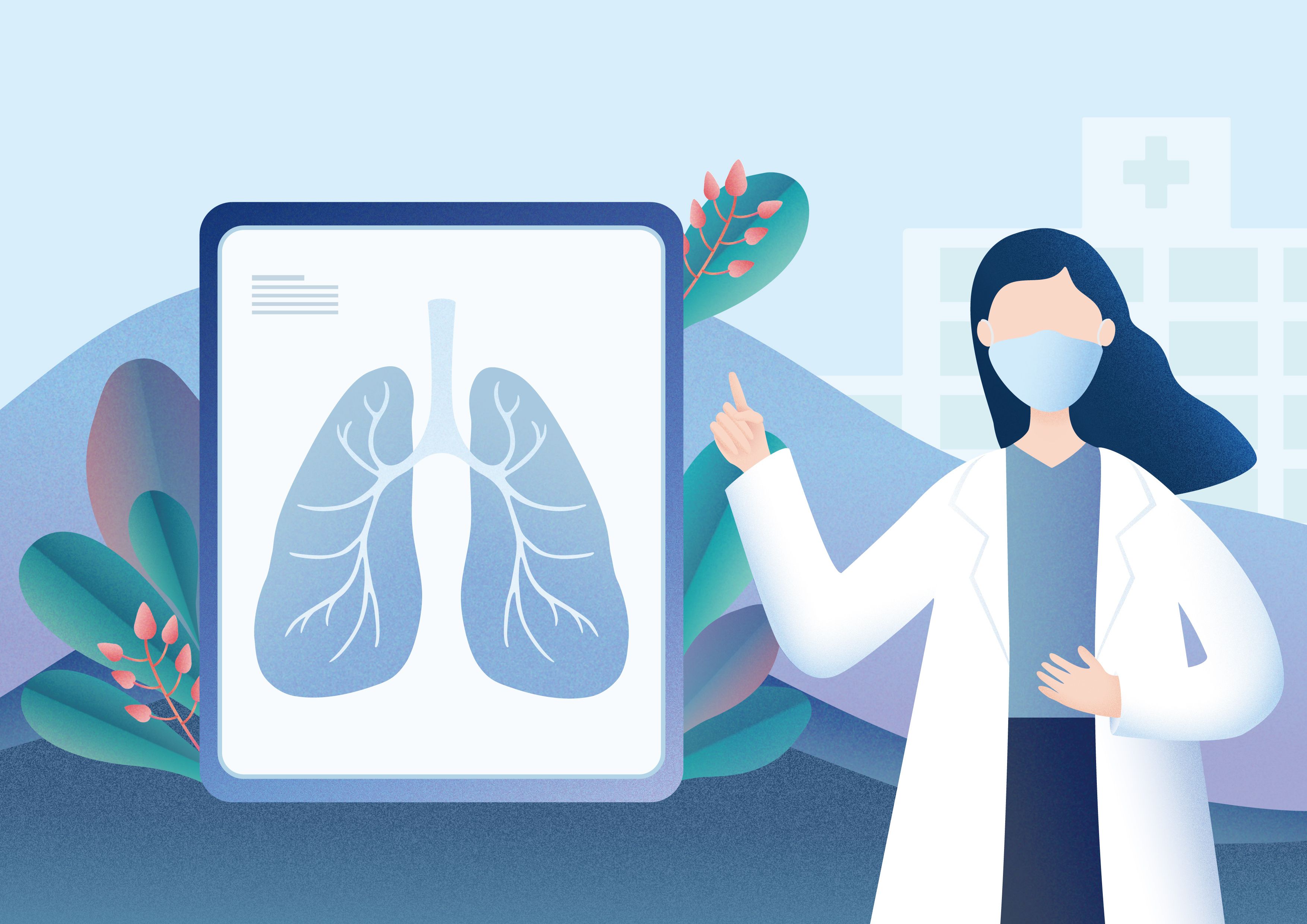Article
Decreased Funding Due to the COVID-19 Pandemic Has Negative Impact on Lung Cancer Patient Advocacy and Support Organizations
Author(s):
Despite offering an increased number of services to patients, the decrease in funding as a result of the pandemic has put a strain on patient advocacy and support organizations around the world, leaving many, particularly those that specialize in the support of patients with lung cancer, in urgent need of financial support to continue to meet the increased need.
Despite offering an increased number of services to patients, the decrease in funding as a result of the novel coronavirus 2019 (COVID-19) pandemic has put a strain on patient advocacy and support organizations around the world, leaving many, particularly those that specialize in the support of patients with lung cancer, in urgent need of financial support to continue to meet the increased need, according to data from the Global Lung Cancer Coalition (GLCC).
“Patient advocacy and support organizations play an important role in supporting lung cancer patients every day, particularly through challenging times,” the study authors wrote in an abstract on the study, which was presented at the 2020 World Conference on Lung Cancer (WCLC).
But, as lead study author Matthew Peters noted during a virtual presentation of the data, as the pandemic continued, many organizations in the GLCC (a partnership of 40 patient organizations across 29 countries dedicated to improving outcomes for lung cancer patients) felt the strain of needing to continue to offer patient support on a limited budget.
To learn just how profound the impact of the pandemic was on its member organizations, the GLCC’s steering committee created an online survey, with the goal of evaluating whether the pandemic has affected the requests that patients made to these support organizations, how organizations were responding, and how the pandemic affected the funding necessary to provide this support.
The survey examined four themes: Changes in the levels of demand from patients; topics on which patients were seeking support; changes to services offered by organizations due to the pandemic; and impact on organizations’ finances. The survey was then sent to all GLCC members, who were able to take the survey for three weeks between April and May 2020. Twenty-three responses were submitted in total, from 22 organizations based in 21 different countries, and one organization that serves all of Europe.
While not every organization answered each question, 14 out of 22 organizations (64%) reported that they received more support requests from patients since the start of the pandemic.
These requests were seen across all methods of communication, with 12 out of 16 organizations (75%) seeing an increase in telephone helpline calls, 11 out of 16 (69%) receiving more email requests, nine out of 16 (56%) receiving an increased number of requests on Facebook and seven out of 16 (44%) receiving more requests via their website.
The most frequently asked question was about a patient’s risk of contracting COVID-19 (19/22, 86%), followed by questions about the implications of treatment delays due to the pandemic (18/22, 82%).
When asked about halting services, 14 out of 21 responding organizations (67%) had canceled face-to-face programming, including seminars, support groups, community outreach programs and hospital-based information hubs. However, 18 out of 21 organizations (86%) reported that they introduced new digital services to make up for the loss of programming, including making direct calls to patients, online consultations, extending helpline hours, and providing more online content.
Of the 15 groups that responded to questions regarding the pandemic’s impact on funding, 10 organizations (67%) reported a decrease in their income, while only five said their local governments were offering support to help bridge the gap.
This decrease in income led to worry about the future in some. Five out of 20 respondents (25%) were worried about the survival of their organization, while seven of 20 (35%) were worried about their ability to provide the same level of services. Nine of 20 (45%) respondents reported being worried about being able to stay fully staffed.
The findings confirmed what the GLCC believed to be true, Peters explained. “Patient organizations are being asked to provide more support during the COVID-19 pandemic at a time when many are doing (so) with decreased resources and loss of critical staff,” Peters said. “Patient organizations need urgent support to continue to meet increased patient needs, and for some to survive.”
Peters concluded by highlighting a follow-up survey that he and his team are about to embark on in the coming weeks, which will include questions on more relevant topics, such as the vaccine and its impact on the lung cancer patient population.
For more news on cancer updates, research and education, don’t forget to subscribe to CURE®’s newsletters here.




